The Terracotta Army: A Fascinating UNESCO World Heritage Site
Nestled in the heart of China’s Shaanxi Province lies a marvel of ancient history and human ingenuity – The Terracotta Army.
This awe-inspiring archaeological wonder, located near the city of Xi’an, has captured the imaginations of people worldwide.
As a UNESCO World Heritage Site, it stands as a testament to the rich cultural heritage and advanced civilization of ancient China.
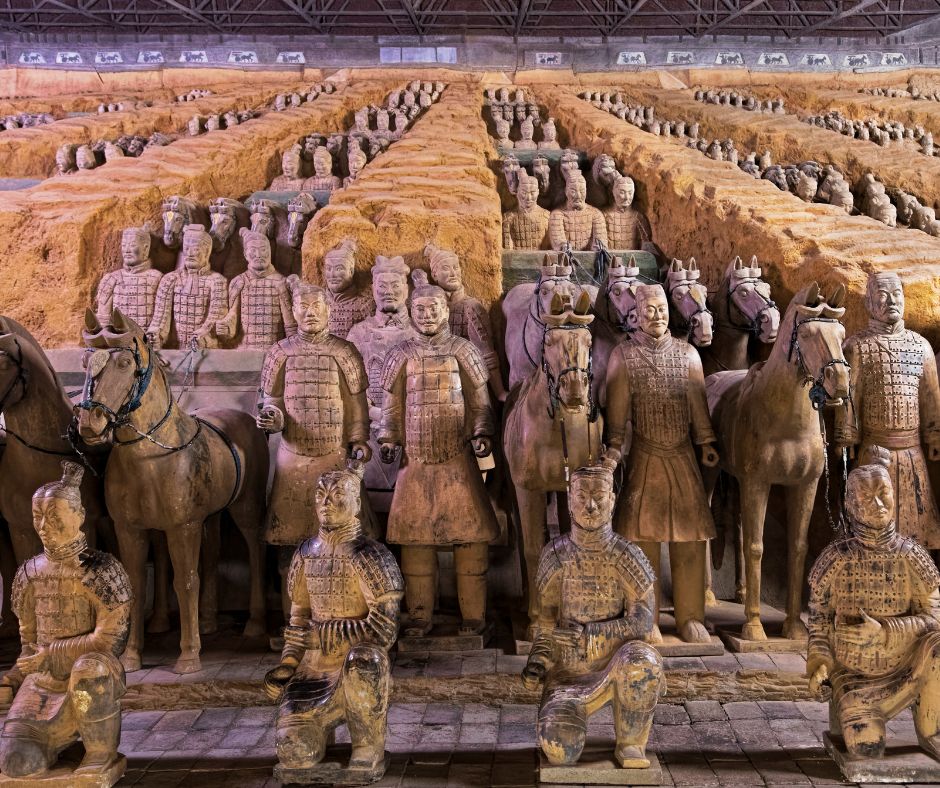
A Glimpse into History:
The Terracotta Army, dating back over two millennia, was crafted during the reign of Qin Shi Huang, the first Emperor of China.
This vast collection of life-sized clay soldiers, horses, chariots, and weapons was created to accompany the Emperor into the afterlife.
It is believed that the army was buried with the Emperor in 210–209 BCE to protect him in the afterlife and ensure his continued rule.
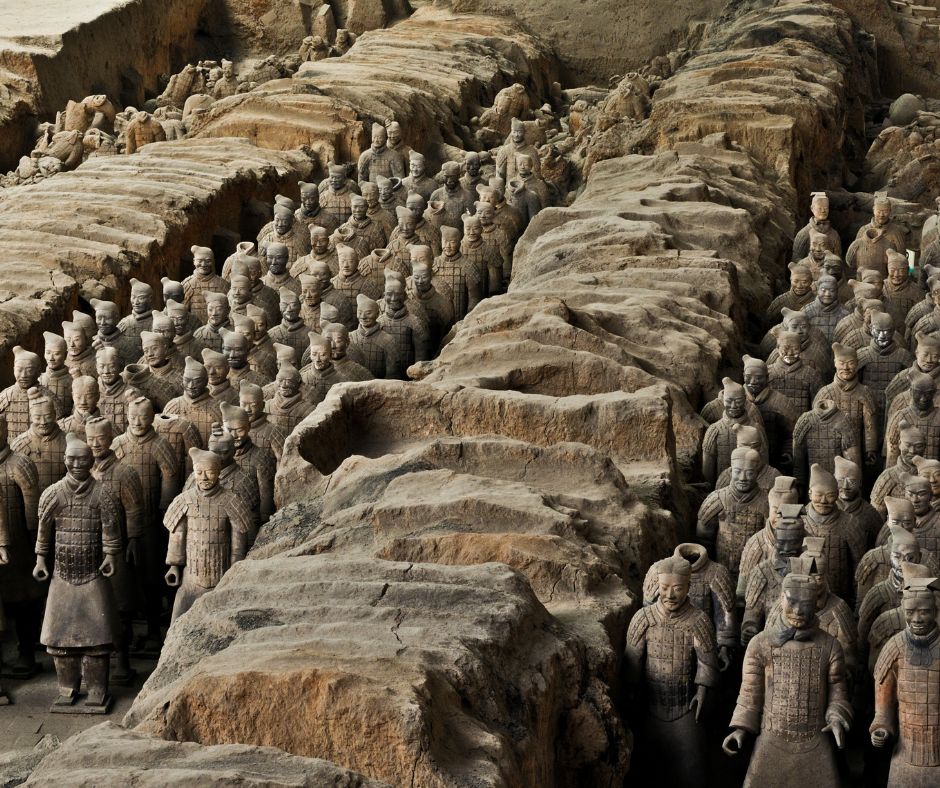
Unearthing the Army:
The discovery of the Terracotta Army in 1974 by local farmers digging a well marked a significant milestone in the field of archaeology.
Since then, ongoing excavations have revealed thousands of intricately crafted statues, each possessing unique facial features, hairstyles, and expressions.
This remarkable find has provided invaluable insights into ancient Chinese military tactics, craftsmanship, and culture.
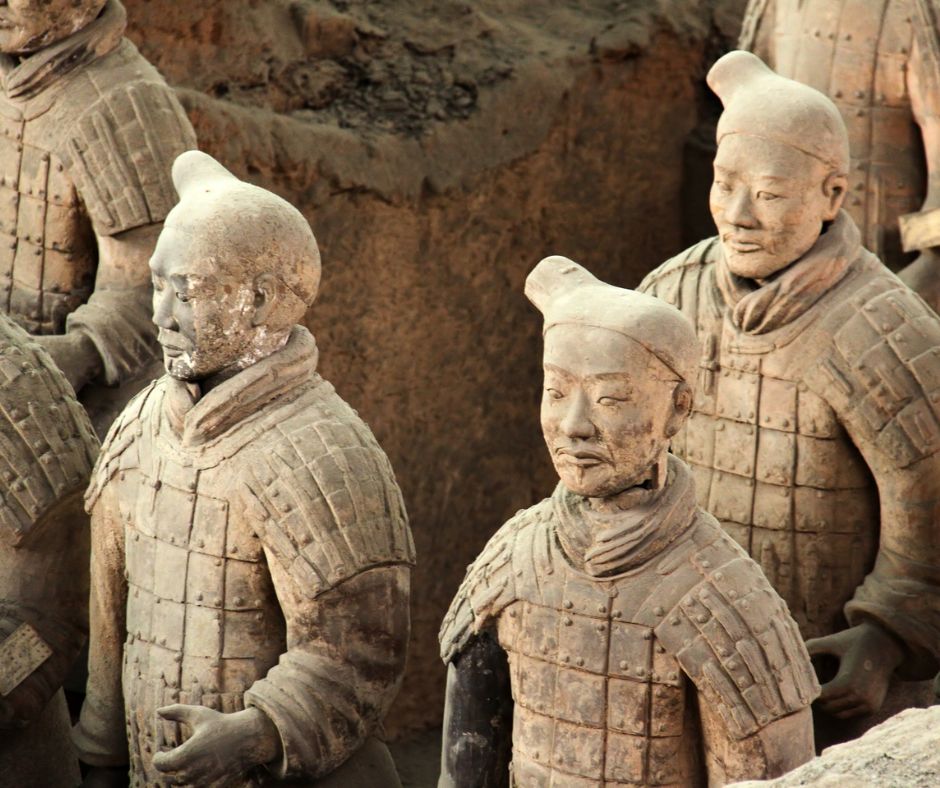
The Majesty of the Army:
Stepping into the archaeological pits where the Terracotta Army resides is akin to traveling back in time.
The sheer magnitude of the site, with its rows upon rows of soldiers standing guard, leaves visitors in awe of the ancient craftsmanship and the grandeur of the Qin Dynasty.
Each warrior is meticulously sculpted, capturing the essence of a bygone era.
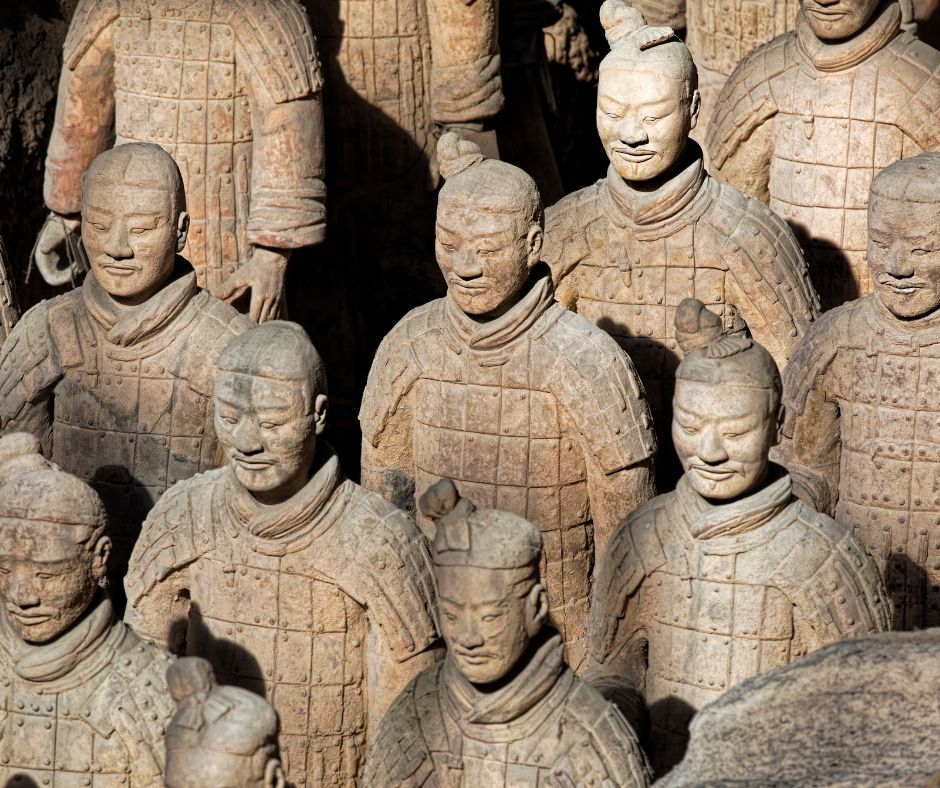
Guardians of the Emperor:
The soldiers of the Terracotta Army were not merely decorative pieces but were crafted with a purpose.
They were intended to serve as guardians of the Emperor’s tomb, protecting him from any threats in the afterlife.
Their sheer number and strategic positioning reflect the Emperor’s desire for eternal security and power.
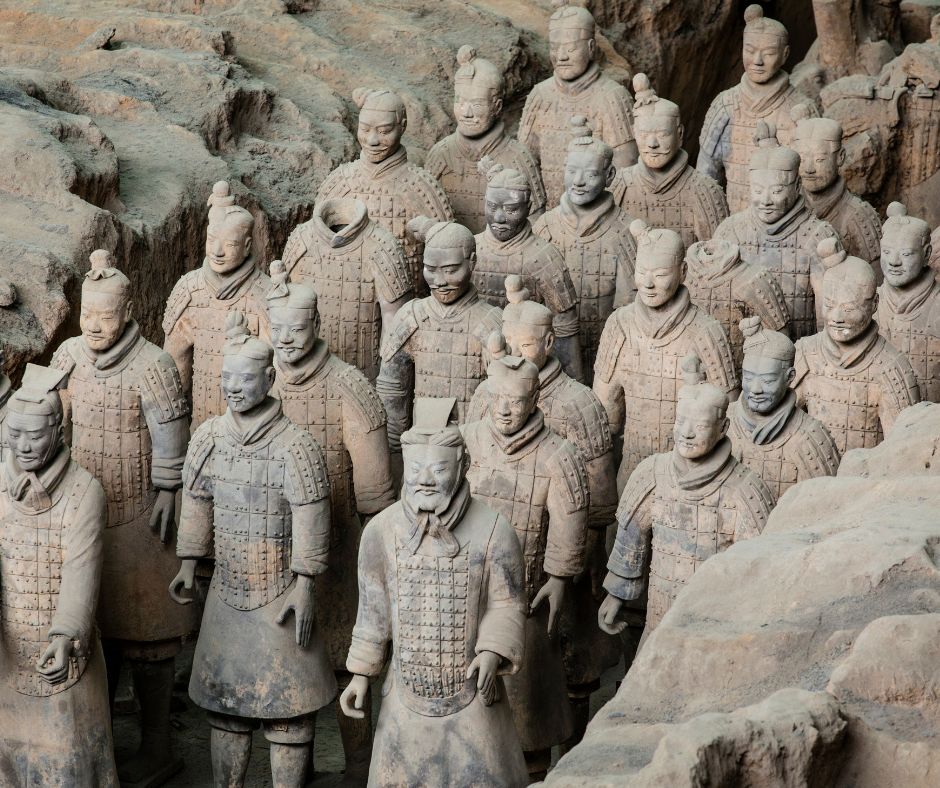
The Legacy of Qin Shi Huang:
Qin Shi Huang’s legacy extends far beyond the Terracotta Army.
As the first Emperor of a unified China, he left an indelible mark on history through his monumental achievements, including the construction of the Great Wall and the standardization of weights, measures, and currency.
The Terracotta Army serves as a lasting tribute to his vision and ambition.
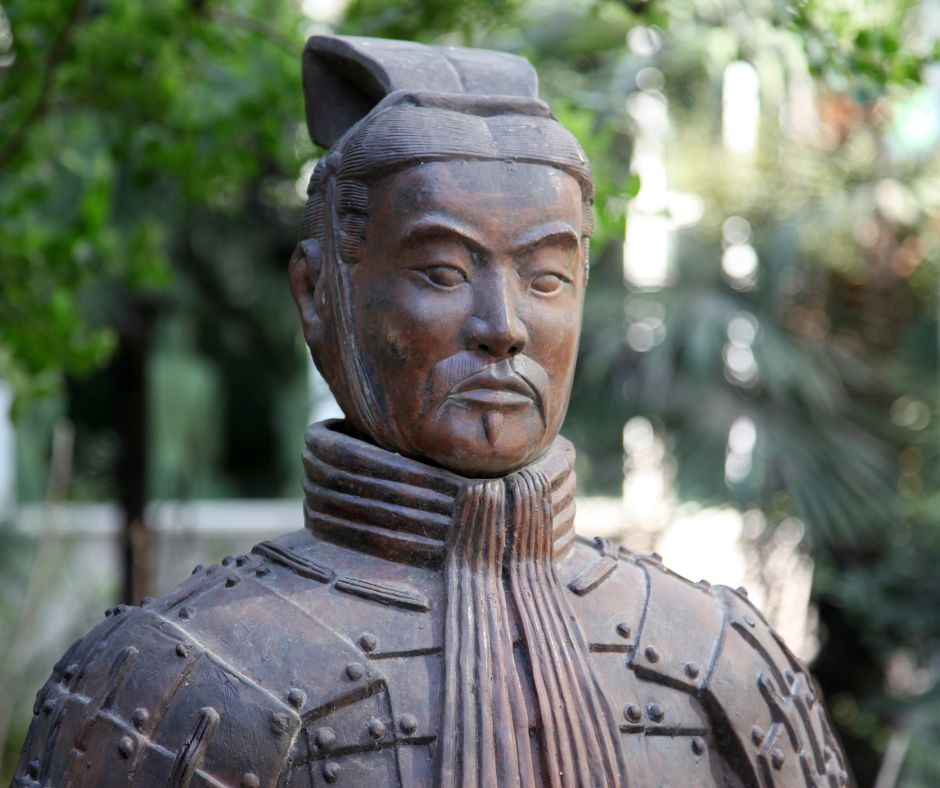
UNESCO World Heritage Recognition:
In 1987, the Terracotta Army was inscribed as a UNESCO World Heritage Site, acknowledging its universal significance and outstanding universal value.
This prestigious designation has helped to preserve and protect this archaeological treasure for future generations to appreciate and study.
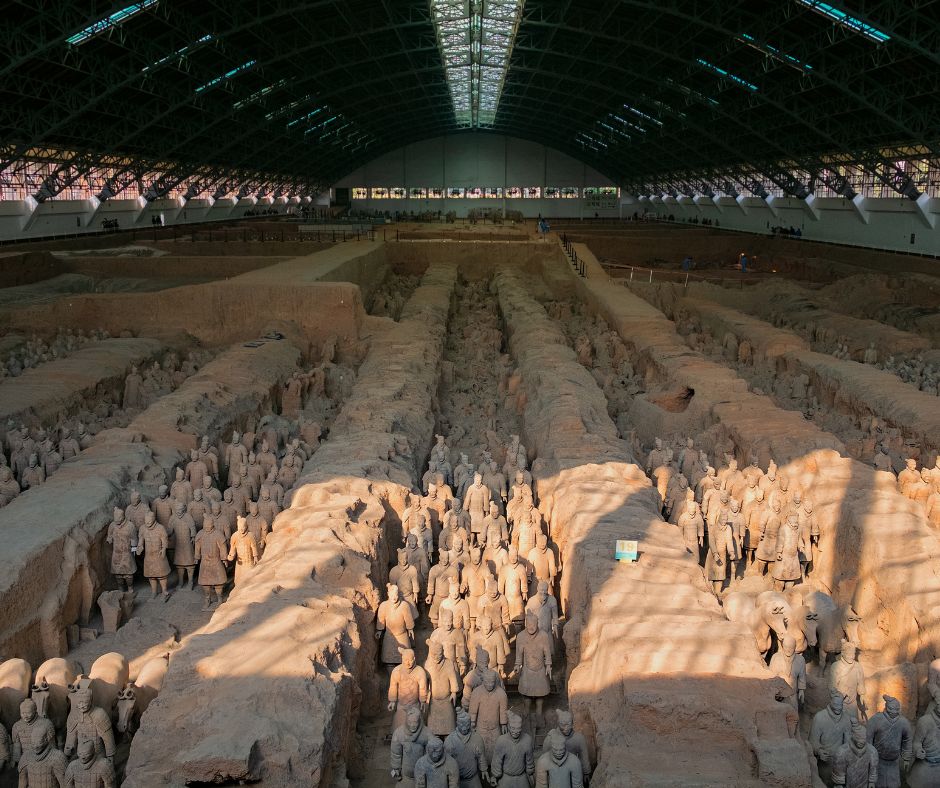
Xi’an: Gateway to History:
The city of Xi’an, known as Chang’an in ancient times, served as the capital of multiple Chinese dynasties and played a pivotal role in shaping the nation’s history.
Today, it stands as a vibrant metropolis that seamlessly blends its rich cultural heritage with modernity.
Visitors to Xi’an can immerse themselves in its storied past by exploring its ancient city walls, pagodas, and bustling markets.
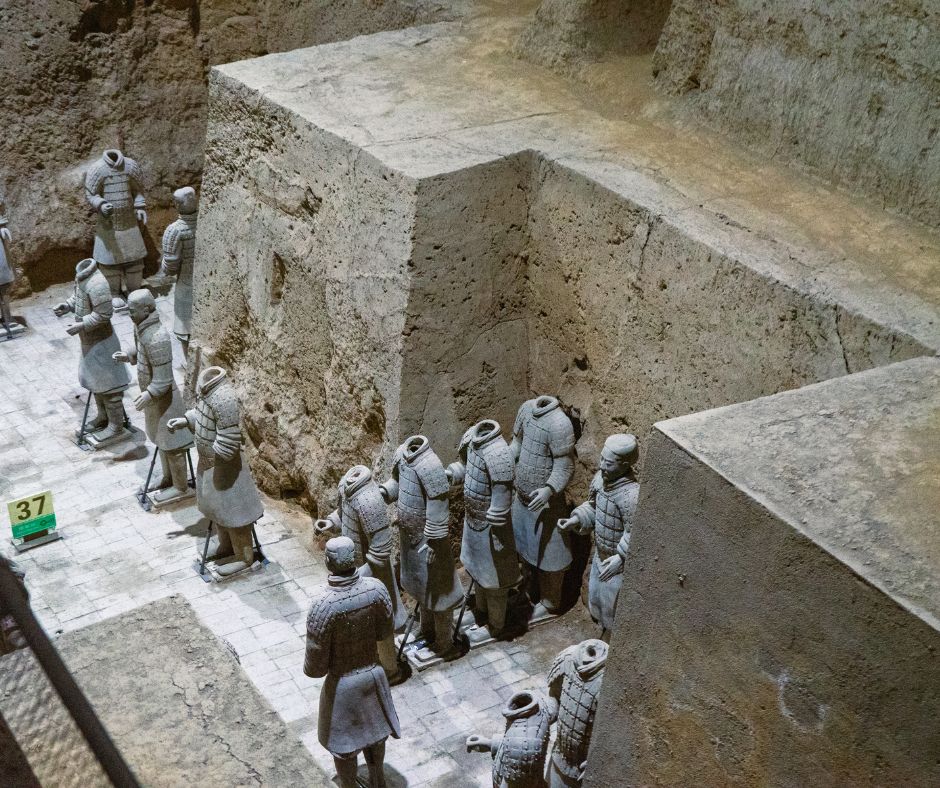
A Must-See Tourist Attraction:
For travelers venturing to China, a visit to the Terracotta Army is a must.
This iconic site offers a glimpse into China’s ancient past and provides a profound appreciation for the country’s rich cultural heritage.
Whether you’re a history enthusiast, an archaeology buff, or simply a curious traveler, the Army promises an unforgettable experience.
Preserving the Past for the Future:
Efforts to preserve and protect the Army are ongoing, with measures in place to prevent further deterioration of the statues and the surrounding archaeological sites.
Conservationists work tirelessly to maintain the integrity of these ancient artifacts so that future generations can continue to marvel at their beauty and significance.
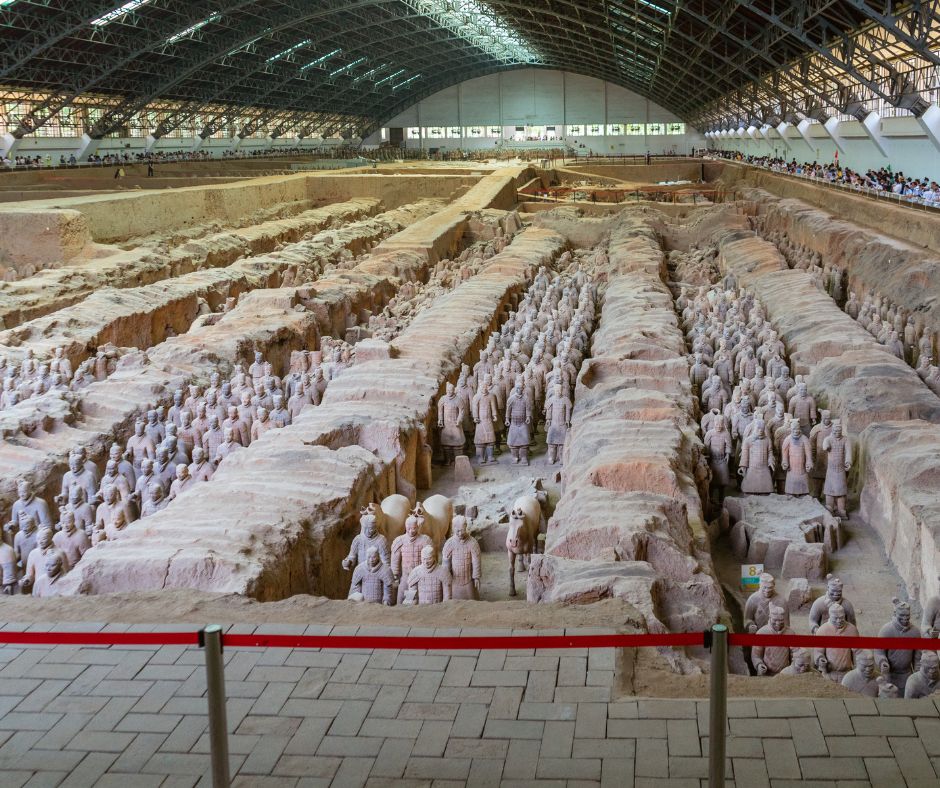
The Terracotta Army Conclusion:
The Army stands as a testament to the ingenuity, craftsmanship, and cultural richness of ancient China.
As a UNESCO World Heritage Site and a must-see tourist attraction, it continues to captivate visitors from around the globe, offering a glimpse into a bygone era of imperial grandeur and military prowess.
Stepping into the presence of these silent guardians is a journey through time, a reminder of the enduring legacy of Qin Shi Huang and the extraordinary achievements of the Qin Dynasty.